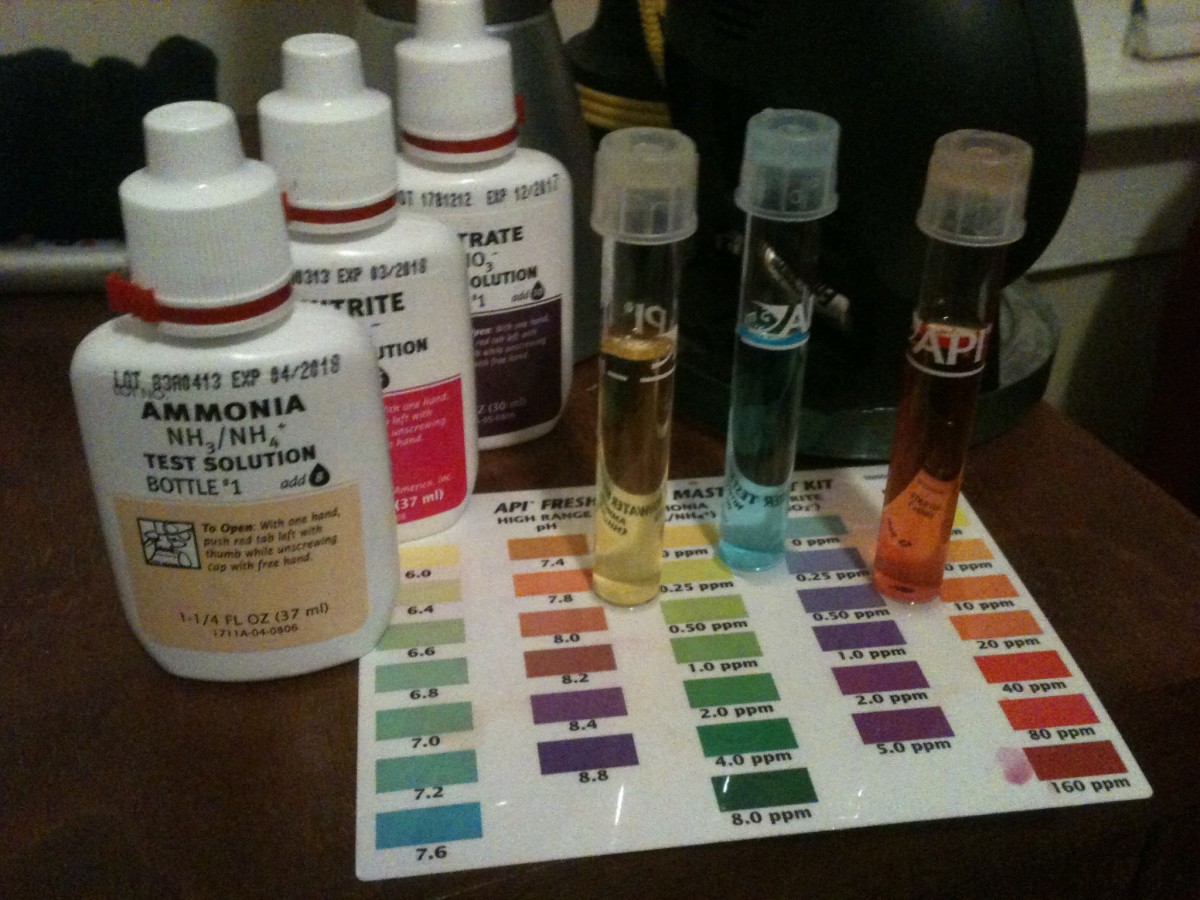Hypothetical: Petroniusite- The misery drug in the food chain

By 2020, GM organisms had become big enough business to be worth the time of corrupt people. Studies were suppressed or promoted. One of the most controversial was Petroniusite, a crop spray used as a joint pesticide/herbicide/fungicide. This was a universally popular spray. It was cheaper than its predecessors, and easier to use, having long term residues. It was quite economic, and "bank balance friendly" according to the agribusiness industry.
The controversy was academic. One of the ingredients, a sulfate, was known to suppress the development of several amino acids, including phenylalanine, one of the amino acids involved in happiness in humans. Some wit at the makers of Petroniusite, when informed of this fact, said “So it makes weeds unhappy. So what? There are no human side effects.”
That fact went largely unchallenged until a couple, one a psychiatrist and the other a botanist, started arguing the merits of chemical sprays. Starting with the effect of food on psychological states, they argued until they came to a point of agreement about metabolism, if not much else. If a food contains residues of a spray, does that spray remain active when ingested?
The short answer was they didn’t know. In theory it could happen, but nobody, including their old lecturers, could say positively. The other problem was that any chemical going into the digestive system has to survive the digestive system. Proving anything one way or the other was likely to be difficult.
The difficulty of the subject was enough to get them more interested. The psychiatrist was interested in the possibility of psychoactive elements in the metabolism. The botanist was interested in what looked like a way of doing much more thorough analyses of crop sprays than had been possible in the past. They were too interested in their idea to stop at a non-answer.
Obviously, they needed to run some tests. The easiest way for them to study a spray was, naturally, to get some Petroniusite. They weren’t too sure if they even knew what they were trying to prove, at this point. A biologist friend, intrigued, agreed to run some tests on mice to see if Petroniusite did remain active, and there were any actual metabolic changes, in mice.
The psychiatrist said that if Petroniusite was psychoactive, it would show in standard tests for serotonin and other psychoactive hormones, and in urine tests. The botanist said that the concentrations were important, because by now they also had a few questions about the metabolism of sprays.
The biologist was also interested. Standard testing always has a few critics, and this biologist was one of them. The biologist’s perspective, put simply, was that if you don’t look for anything but standard findings, you don’t find anything else. As far as the biologist knew, nobody had ever checked for psychoactive chemistry in crop sprays, anyway, so the test would be good for a paper, at least.
Petroniusite had another positive as a testing agent. Its structure was very well known. It was a standard agricultural chemical, and there was endless information available from government authorities and the industry itself. The test bases were also standard, so the biologist, trying not to merely run through the previous tests, invested in some other testing processes.
One of the long term problems with GM organisms in the early days was that a lot of products came on the market without generational information. Products were invented and marketed and short term testing was the basis for approval or disapproval, and that was quite literally the whole story. That was one of the reasons that the biologist was a critic of standard testing. It was unlikely that things which were going to persist in the environment for generations were that simple, or that their effects had even been measured.
It took the biologist a little while to explain the idea to the psychiatrist and botanist, but when they got the idea, they agreed. Both felt that generational studies would provide more value anyway, so they agreed to a two year study. That’s quite a few generations of mice, and any patterns would be much clearer. (The risk in any form of testing is anomalies. Some results in individuals can be quite misleading.
They didn’t need to wait long. The biologist had some quite odd data from the first generation of mice.
“We’ve got depressed mice,” said the biologist.
“What, all of them?” asked the psychiatrist.
“All of them, in various degrees,” said the biologist.
Some mice were also behaving a bit differently. They were friendly to each other one minute and incredibly hostile the next. Some mice stayed away from the others. One was shivering. They definitely didn’t look like happy mice.
“Is this the Petroniusite effect we were talking about?” asked the botanist.
“It’s the common factor. The control group were fed the same food, but without Petroniusite, and they seem normal enough.”
The physical tests showed very variable hormonal results, and were so complex even the biologist didn’t quite understand them. Serotonin levels in the group were all over the place. Phenylalanine and its breakdown products were almost absent. One other startling result was evidence of a lot of adrenalin being produced. Stress hormones were present in all mice at different levels.
The biologist had misgivings.
“These mice may not be able to breed. They’re acting pretty strange, and there’s been no mating behavior.”
They didn’t. The mice had to be separated, and most died soon after. The generational testing wasn’t going to happen. The biologist, in desperation, asked a well known critic of Petroniusite to check his results. The critic, a professor, said the tests seemed OK, but suggested that a neutral party, someone other than himself, be engaged to verify the results, because he was too well known as an anti-Petroniusite advocate to get much more attention on the subject.
The new tests duplicated the results, almost to the letter, and went a lot further. The French testers said that the Petroniusite levels in the mice were constant. The chemical itself wasn’t being metabolized or breaking down.
A paper was produced, and instantly rejected by the makers of Petroniusite, who stated they had a lot of healthy mice to prove otherwise. Far more importantly, major labs also duplicated the original tests, and got the same result.
It was now three years later, and the final findings on Petroniusite looked pretty innocuous at first reading:
Petroniusite not metabolized in murine tests
Extensive testing has indicated that the common crop spray agent Petroniusite is not broken down in mice when ingested and remains active in the gut. Hormonal effects (Smith et al, Science Eternal, Petroniusite pp 1999555) are pronounced. It is unclear whether similar effects occur in humans…..
Forty years later, Petroniusite was withdrawn from the market as a chronic depressant in humans, linked to bipolar disorder and schizophrenia, and a danger to children and adolescents. It took that long to prove that Petroniusite was actively destroying phenylalanine and related amino acids in people.
Those 40 years were spent arguing the merits of a chemical
people were eating on a daily basis. All the controversy and criticism about Petroniusite achieved nothing until these findings were finally made irrefutable.
No, the scientific process isn’t perfect. It can’t do anything in a hurry.
It did prove the biologist’s point, though:
You don’t find what you don’t look for.






